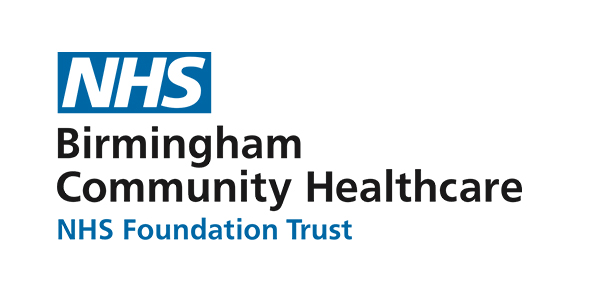The General Medical Council (GMC) regulates doctors, physician associates and anaesthesia associates in the UK. It is currently delivering a workshop to supervisors of internationally-trained medical graduates (IMGs), which aims to help them support their teams.
Tista Chakravarty-Gannon, Head of Strategic Delivery and National Engagement for Outreach England at the GMC, is leading the roll-out of the session. She explains what it is, what evidence underpins it, and how it helps.

Our over-arching purpose at the GMC is to support good and safe patient care, whilst ensuring we are fair and compassionate. An issue we have been concerned about for some time is the discrimination faced by ethnic minority staff throughout their careers.
Inclusive, fair workplaces not only improve staff wellbeing, but also allow staff to provide better care. We have many initiatives to encourage change in this space, but the one I want to focus on here is how we better support doctors who trained overseas.
We know international medical graduates (IMGs) have represented a disproportionately high percentage of the fitness to practise concerns raised to us by employers. Given the consistency of our registration processes and recent research we undertook on the topic, we are confident that the quality of registrants isn’t the issue – it’s deficits in the system.
Those deficits include lack of induction, lack of early supportive feedback, isolation and individuals being treated as ‘outsiders’.
The GMC team already delivers some workshops welcoming international graduates to UK practice and others improving educators’ understanding of providing fairer feedback. With that in mind, we’ve been thinking more deeply about the wider perspective. How we can support teams to avoid cultural misunderstanding in an increasingly multi-cultural NHS?
To answer this we adopted an upstream approach, aimed at professionals leading multi-cultural teams. We drew on an evidence base of reports, initiatives and models relating to cultural differences. The following were particularly influential:
- Welcoming and valuing IMGs by Professor Mala Rao
- The Culture Map by Erin Myer
- Understanding the impact of culture on performance of IMGs by Professor Sujesh Bansal
- Cultural Humility by Dr. Melanie Tervalon and Dr. Jann Murray-Garcia
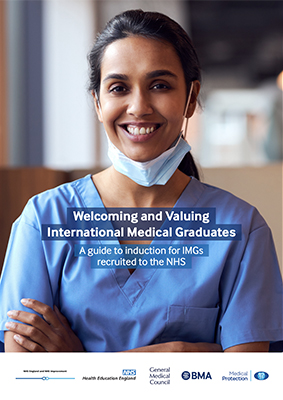
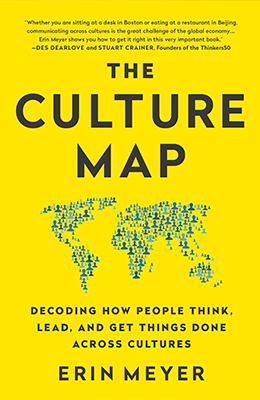
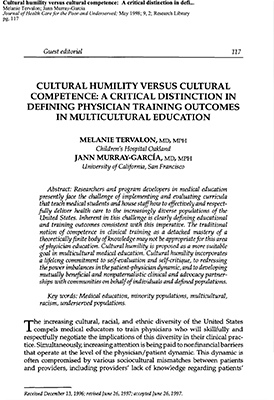
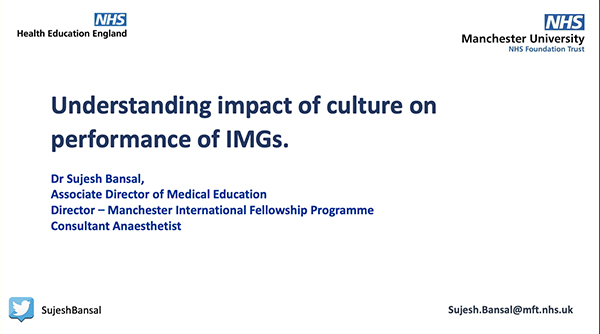
The resulting workshop, developed in conjunction with Professor Sujesh Bansal, is called ‘Supporting a multicultural workforce: A workshop for supervisors’. It begins with an overview of the relevant data and research, looking at case studies on the lived experience of IMGs.
It moves on to explore cross-cultural communication, looking at the research on archetypal cultural environments that IMGs may have trained in, and considering how they compare to their UK counterparts.
Participants then focus on putting themselves in the frame: they share their own experiences, explore their communication style and practise how to approach cultural and communication differences through scenarios.
The workshop has received universally positive feedback from attendees, many of whom are IMGs themselves. They report that the concepts and scenarios resonate, and that they recognise how communication and leadership styles really impact their interactions and understanding of their colleagues. The sessions are evaluated and 100% of attendees have said that they will change their practice as a result of the workshop.
Key learnings
Looking at the workshop’s success, I believe there are a couple of key factors that I believe produce these results. These would be the key learnings that any leader, manager or employer of internationally-trained staff could take away.
1: Cultural humility
This is an approach developed by doctors, and was our guiding principle. ‘Cultural humility’ is best described as an endeavour of lifelong self-reflection and self-critique; unlike the term ‘cultural competence’, which implies that one can reach a point of competence in a culture, cultural humility focuses on developing understanding of cultural identities and experiences, and respect for how they differ. It doesn’t ignore localised factors like personalities, schooling and social circles, but incorporates these into its model of understanding.
2: Erin Myer’s work on cultural mapping
Myer looks at societal expectations and cultural patterns of behaviour, and how points of friction can be revealed when looking at the extremes. We drew significantly on this and its application to workplaces, and I would encourage anyone to consider how these relate to themselves and their colleagues. Some examples:
- Leadership styles
In Nigeria, the culturally dominant workplace leadership style is usually hierarchical. In Denmark it is usually consensual. A team member whose experience has been gained in Denmark may feel confused, oppressed or insufficiently supported when managed by someone in the Nigerian style – and vice versa. - Ways of agreeing and disagreeing
The way agreement or disagreement is expressed varies across cultures – it's direct in some and indirect in others. If two team members are at the cultural extremes, one might struggle to know if the other member is disagreeing or being intentionally rude. On the flipside, someone used to direct disagreement, may not even realise that someone taking a very indirect approach is disagreeing with them. - High context versus low context
When discussing an issue, the amount of context can vary wildly across cultures. The potential miscommunication is particularly pertinent when applied to explaining mistakes. In some cultures, it’s customary to give a full discursive explanation of what happened, all factors included. For others, what’s expected is a concise list of bullet points. A team member expecting bullet points and receiving a long explanation might ask themselves, ‘what are they hiding?’ and vice versa.
I’ll share one example that many attendees found to be eye-opening. When joining a ward, a new doctor at a certain level might be expected to get stuck in straight away. However, a new IMG may have trained somewhere where they are taught to wait for explicit instructions from senior colleagues. This can lead to misperceptions on both sides: colleagues trained in the UK, who are used to ‘getting stuck in’, may perceive ‘laziness’ on the part of the IMG; conversely, the new IMG may wonder why they aren’t being asked to get involved, and feel isolated as a result.
I must stress that there is no judgement about which cultural approaches are ‘better’ or ‘worse’. This is vital to cross-cultural understanding.
The workshop has gained a lot of traction since we began the pilot in 2024. We are now in the process of developing it into a more formal training module, which can be delivered to teams more widely.
Although our work has focused on doctors, I would strongly encourage anyone working in a multi-cultural team to consider how it applies to them. Just being conscious about cultural expectations and how they affect your interactions could be transformative.
Explore more good practice
- Published:
- 18/07/2025
- Resources
- Learning material
- Subcategory:
- Information and support
- Audience
- Employers

